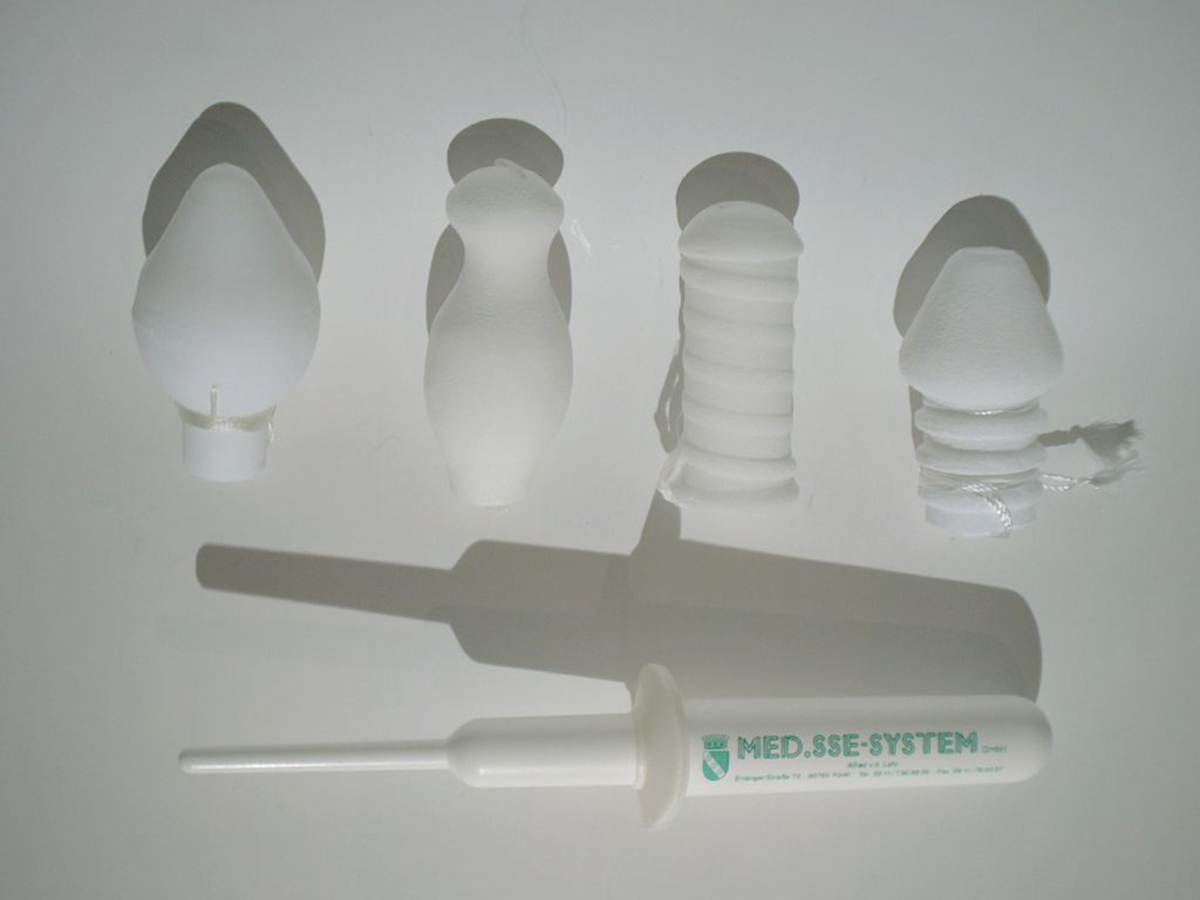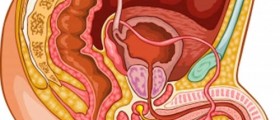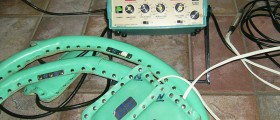
Fecal incontinence implies the impossibility of controlling the bowel discharge, which is reflected in unexpected bowel discharge or inability to keep the stool when feeling the urge for discharge. It affects people of both sexes and all ages but it is more often found among women and older people. Possible etiologies are: constipation, damaging muscle or nerve of anal sphincter, diarrhea, loss of storage capacity of the rectum, dysfunction of the bottom of pelvic.
This disorder can be treated by various methods that do not involve surgery procedure, such as pelvic floor muscle training, biofeedback, drugs, sacral nerve stimulation. Besides these methods, fecal incontinence can be solved surgically in a procedure which uses exclusively for the correction of mechanical and functional disorders with no encroachment into the structure of the sphincter complex.
The main cause of studding surgical and non-surgical procedures is to determine the advantages and disadvantages of various techniques to overcome this disorder.
Based on research about performed surgical interventions of fecal incontinence were recorded three types of complications that usually occur. These are: worsening fecal incontinence, failure to complete the establishment of continence and the presence of an urgent impulse to discharge. This information was obtained by randomly taken surgery examples.
The study was conducted on a sample of 264 participants selecting nine criteria for comparison. Two criteria included non-surgical methods such as lavatroplasty, anal plug and stimulation artificial bowel sphincter. It isn’t recorded special efficiency of these methods, except the last, which although it provided some improvements as a side effect had the creation of the deformity. The remaining seven criteria compared different surgical interventions (anterior levatorplasty, post anal repair, total pelvic floor repair, end to end, overlap sphincter repair with or without a defunctioning stoma or biofeedback, internal sphincter placation and neosphincter ion). This comparison resulted in information that the outcomes of undertaken surgical intervention were usually the same.
Although a lot of scientific tests conducted about surgical method of repairing fecal incontinence, due to numerous methodological shortcomings of these investigations and their lack of numbers did not come to the conclusion which of these interventions may be the best to apply in practice. These studies haven’t found significant differences among them in order to isolate those that are more efficient. Therefore, tests should be undertaken with more strict criteria. All in all, for now it is best to apply a combination of surgical and non-surgical rehabilitation methods for overcoming fecal incontinence.

















Your thoughts on this
Loading...